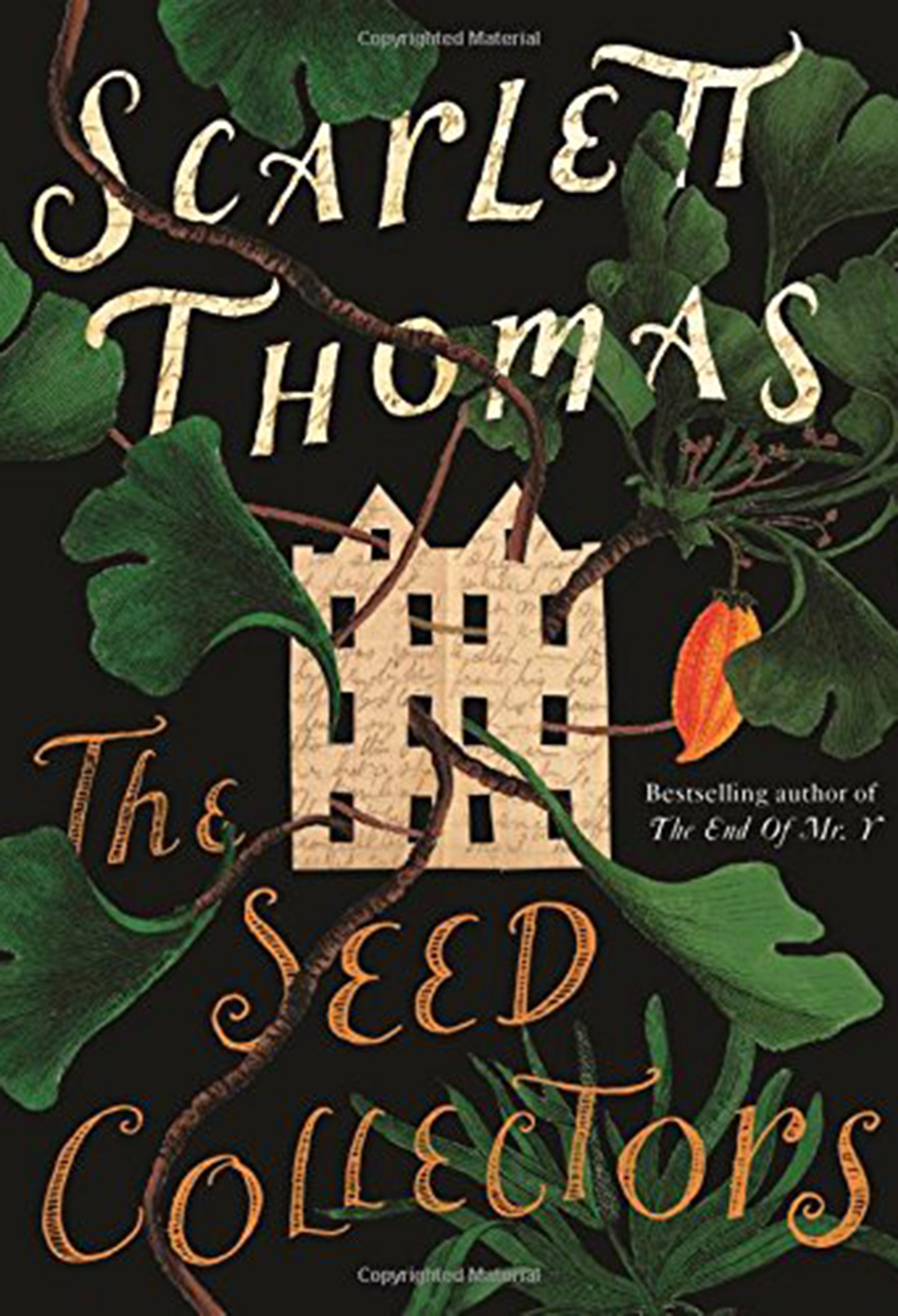The Seed Collectors by Scarlett Thomas, book review: Blooming marvellous
Despite issues around structure and focus, Thomas remains one of our most exciting novelists

Your support helps us to tell the story
From reproductive rights to climate change to Big Tech, The Independent is on the ground when the story is developing. Whether it's investigating the financials of Elon Musk's pro-Trump PAC or producing our latest documentary, 'The A Word', which shines a light on the American women fighting for reproductive rights, we know how important it is to parse out the facts from the messaging.
At such a critical moment in US history, we need reporters on the ground. Your donation allows us to keep sending journalists to speak to both sides of the story.
The Independent is trusted by Americans across the entire political spectrum. And unlike many other quality news outlets, we choose not to lock Americans out of our reporting and analysis with paywalls. We believe quality journalism should be available to everyone, paid for by those who can afford it.
Your support makes all the difference.Scarlett Thomas is best known for her novel The End of Mr Y, which explored a strange parallel dimension and has deservedly achieved cult status. In her other fiction, however – this is her ninth novel – her touch is less assured, with a tendency for her creations to add up to less than the sum of their parts.
But what parts they are! The Seed Collectors also explores alternative realities, this time arising from botany. It is based on the notion that differences between fauna and flora are smaller than we think and that plants could unlock fundamental knowledge for us.
The story begins after the death of Great Aunt Oleander. Oleander was from an extended family of botanists and leaves behind a series of mysterious seed pods. They featured in a strange episode, in which three family members disappeared during the 1980s on a trip to a remote Pacific island. The island was home to the pods, which possess mystical properties and are extremely poisonous.
The novel is also a comedy of middle-class manners, although how well this meshes with its more fantastical elements is debatable. Oleander had set up a retreat centre in Kent, which is now run by her grand-daughter Fleur, who is conducting a love affair with a novelist, Piyali. Other surviving family members include Clem, who makes nature documentaries and is married to Ollie, a jaundiced academic. Then there is Charlie, a botanist at Kew and a dedicated hedonist. Most prominent of all are the overweight Bryony and her downtrodden husband, newspaper columnist James, together with their troubled teenage daughter Holly.
There are other main characters, too many to describe here. Thomas struggles to marshal them all and it is easy to get lost in a tangle of back stories and sub-plots. Moreover she is also a narrator of marked omniscience who aims her luminous intellect at the botanical, the spiritual, and much else. The resulting novel is like an untended plant, with slow growth and profuse side shoots, though still yielding a colourful climax.
There are many striking blooms to enjoy. Bryony is a latter day Emma Bovary, blessed with greater self-awareness but nevertheless unable to control her addictions. Similarly, Ollie’s endurance of the vagaries of academic life is wryly entertaining. All the while Thomas fizzes with ideas and insights, like an unusually erudite Catherine Wheel. Despite issues around structure and focus she remains one of our most exciting novelists.
Join our commenting forum
Join thought-provoking conversations, follow other Independent readers and see their replies
Comments